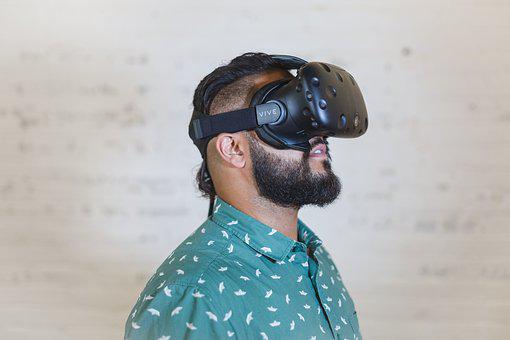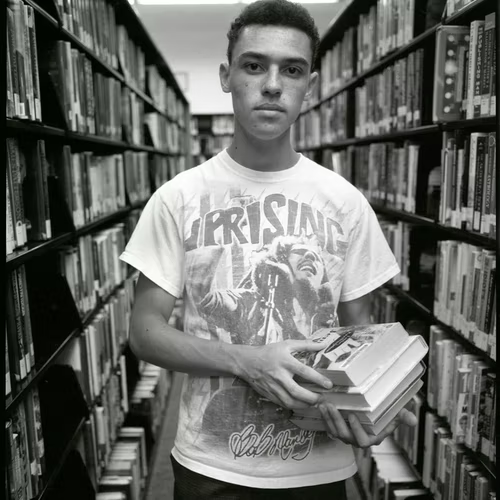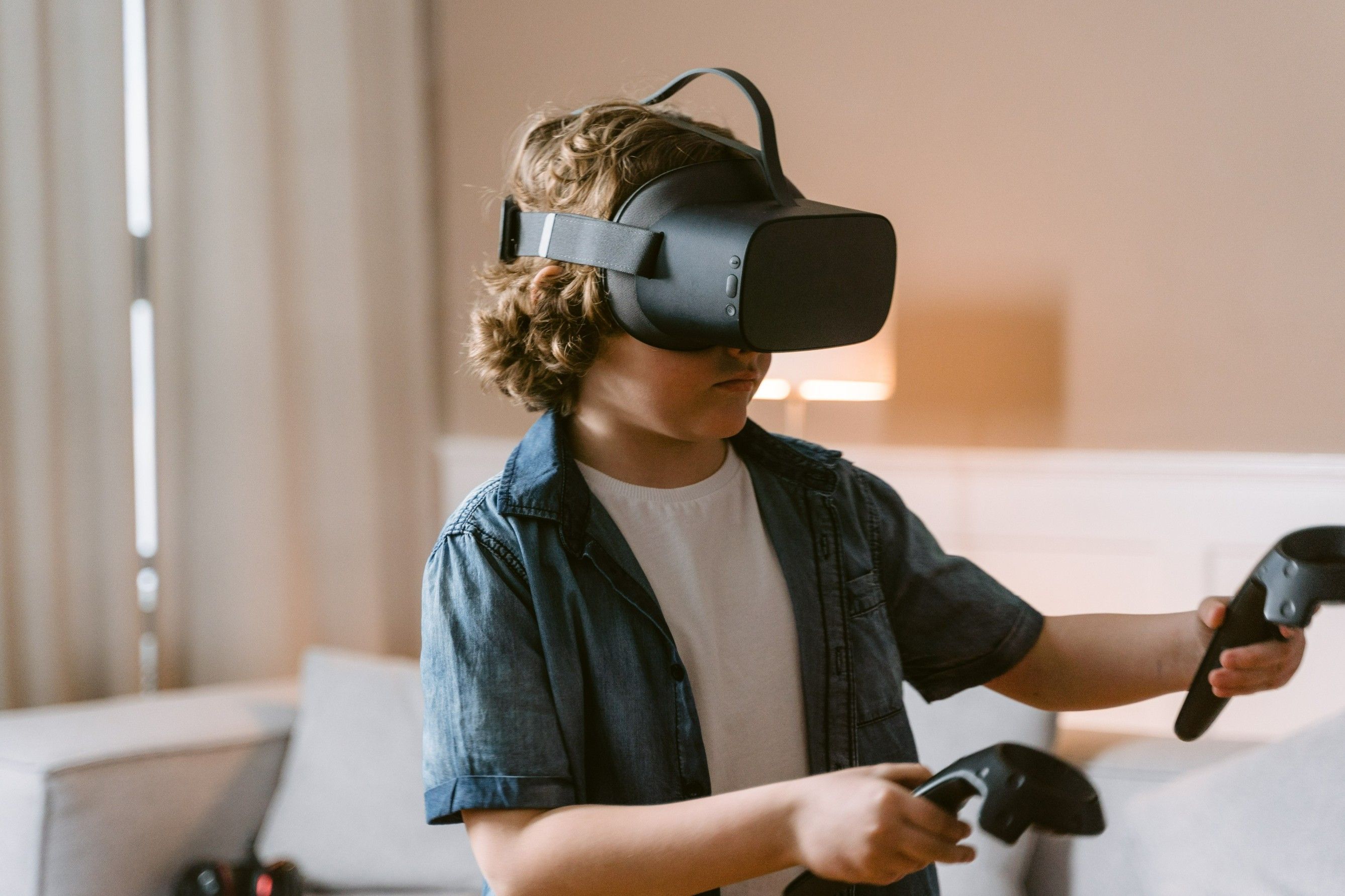Virtual Reality in Education: How VR is used in Middle, High, and Homeschools
10/05/2022
The concept of virtual reality has been closely linked to gaming in the minds of the public, and even some in the tech world. But the virtual reality in education is making a big footprint, with limitless potential to become one of the most successful teaching tools of the 21st century.
How Will Virtual Reality in Education Change How We Learn and Teach?
Liz Kolb was an associate professor of education and learning technologies at the University of Michigan. In 2011, she developed an educational model that focuses on three components. She proposes that educators should consider thinking about these three components before adding any technology teaching tool. This framework is meant to help coach teachers and administrators to decide on the overall impact of their technology choices. These three components, known as the “Triple E” framework are:
- Extend Learning: Does the technology tool extend learning outside of a student’s typical school day? Does it connect students with everyday life experiences?
- Enhance Learning: Does the technology tool offer students a more in-depth, enhanced, or angled approach to the subject matter?
- Engage Learning: Does the technology tool help curb distraction and motivate students? Will they be active participants in their own learning? Does it increase student engagement?

Virtual reality in the classroom ticks all of those boxes. It’s as if the checklist was developed specifically for VR classroom technologies. Bringing VR into the classroom at any age group can extend and enhance learning while engaging students.
Some apps even allow teachers to design their own virtual reality lessons. The ability to customize the experience to any subject gives VR limitless versatility. The future of education will be directly impacted by edTech tools like VR, AR, and MR (Mixed Reality) mediums to supercharge lesson plans.
Implementing Virtual Reality in Middle School
Homeschool parents, public school administrators, and even smaller private schools are quickly realizing the value of virtual reality in education. Middle school is perhaps the most difficult adjustment period for students, both academically and socially. It’s a tough and awkward time for many.

VR lessons, labs, and experiences can inject excitement into the awkward atmosphere in a middle school classroom. Bridging social barriers with exciting new technology can promote student curiosity, engagement, and success in the classroom.
Middle school years tend to bring about a heightened level of rigor - those classes are getting more difficult! Specifically, middle school science becomes more focused on project-based learning and putting the scientific method into practice.
Keeping students on top of academic requirements with a technology tool like VR in the classroom prepares them to move on to even higher learning standards in high school.
One of the negative impacts of middle school years is a loss of interest in academics. Social priorities tend to take center stage. Conversely - elementary students cling to that “love of learning”, which inevitably diminishes as they age. The impact of technology like virtual reality can lengthen the period of time that students truly love learning. This can be life-changing for their educational journeys.
Implementing Virtual Reality in High School
Imagine spending hours in a lecture-style class, pouring over a textbook. You’re trying to understand how to balance a chemical equation. You’ve watched a video, read a textbook, taken notes, and completed practice problems. But you’re still unsure if you’ve done the last example problem correctly.

In fact, this balancing chemical equations unit is new material. You know it’s important, but it’s far beyond what you’ve been presented in the scope of your middle school science classes. Memorizing the periodic table and using its information to solve a math equation is difficult at best and boring for certain.
Imagine being able to practice balancing those equations with hands-on gamified virtual reality lessons in a risk-free digital environment. It’s a game. It’s a video. It’s a lesson. It’s. FUN. Before you know it, your score has improved, because you understand the concept, after physically balancing the equation by hand.
It’s this kind of immersion that translates complex high school material into a solid knowledge base during critical years. High school students are making real decisions about their future, their careers, and their opinions of their abilities in academia.
Educators are vying for every tool available to give their students a leg up on peers - and an edge that could set them up for success in their post-secondary education and careers. Virtual reality in education is quickly becoming a tool of choice.
Implementing Virtual Reality in Homeschool Classrooms
Homeschool parents face their own set of challenges. There are limits to what can be included in a homeschool curriculum when learning occurs in the home. Field trips can be lackluster. Daily physical education is limited to what can be done without a full-sized gymnasium. School laboratories, filled with equipment and materials, are not always at the ready.

Virtual reality in the homeschool classroom can hurdle many of those obstacles. Field trips can travel across the globe without ever leaving the dining room. Virtual lessons in homeschool chemistry classes can be completed anywhere in the house. Conduct labs without the added danger of harsh chemicals, fumes, glass, and heating elements.
The financial barrier to entry is not nearly as scary for homeschool students. VR becomes more affordable when investing in equipment and curriculum for a single student rather than a class. Homeschool parents do not need to be tech-savvy or STEM literate to use virtual reality in their homeschool plans. Most companies, like Futuclass, offer easy setup and great user support.
Virtual Reality is Leading the Charge in Revolutionizing the Future Education
Virtual reality in education is revolutionizing the way teachers and parents keep students interested in their own learning. It’s growing rapidly in both the public, private, and homeschool education arenas. As the edTech world continues to recognize VR as more than a gaming tool, companies like Futuclass are finding ways to reach students virtually.
Interested in the quickly changing landscape of virtual reality in education settings? Want to know more? Let us keep you informed on our newest chemistry, physics, and biology modules as they become available for your classroom. Keep up with this fast-growing teaching tool by subscribing today to the free newsletter by Futuclass.